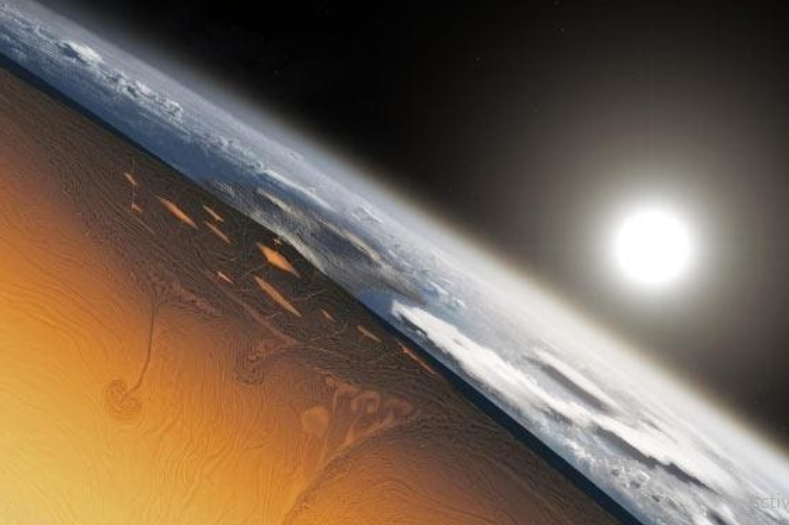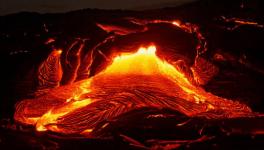Earth’s Plate Tectonics May Have Begun 3.2 Billion Years Ago, Finds Study

Image Courtesy: Alec Brenner, Harvard University. Image is for representational use only.
Our planet Earth has a unique dynamic process, plate tectonics, that is the large-scale motion of seven large plates along with the movement of larger number of smaller plates of the Earth’s outermost shell. Not only is plate tectonics important for geological research and understanding the history of Earth, it is also important from the perspective of evolution of life in the planet.
The movement of the tectonic plates shaped the continents and their locations, and also helped in the creation of new plates and forming unique landscape like the mountains. The formation of Himalayas out of the sea due to plate tectonics is well-known.
Plate tectonics exposed new rocks to the atmosphere and thus, led to chemical reactions stabilising the surface temperature of the Earth over billions of years. A stable climate is of much importance for the evolution of life.
But when the tectonic movements started has remained a topic of considerable debate among the geologists. Now, a recent study published in Science Advances has carried out a very interesting estimation of it and found that it could have started some 3.2 billion years ago.
The researchers extracted samples from 235 Honeyeater Basalt cores—one of the oldest rocks on Earth. These rocks have the peculiar characteristic of retaining record of Earth’s magnetic field at the time when they started crystallising. These magnetically oriented igneous rock helped them decipher the age of the beginning of the plate tectonics.
The ages of the rocks that crystallised at different times are known to the scientists. These rocks crystallised at different times but each crystallization event occurred within a single block of the crust. The researchers could deduce the changes in the block’s latitude over millions of years.
They found that the section of crust drifted with a rate of average 2.5 centimetres per year. Importantly, this velocity resembles the plate motion rate of today.
Bringing back the extracted Honeyeater Basalt core rocks from Australia, where they found it, to their lab back in US, the researchers put the rock samples into magnetometer and demagnetising instruments. These instruments were used in order to find the magnetic history of the rocks.The most stable part of the history is at the time when the rocks were forming and the instruments found it and estimated that it was 3.2 billion years ago.
“Basically, this is one piece of geological evidence to extend the record of plate tectonics on Earth farther back in Earth history. Based on the evidence we found, it looks like plate tectonics is a much more likely process to have occurred on the early Earth and that argues for an Earth that looks a lot more similar to today’s than a lot of people think,” said Alec Brenner, the lead author of the study.
The findings can also open up the possibility of studying the plate tectonics in other planetary systemd as well. “That hopefully would give us a sense of how easy it is for plate tectonics to happen on other worlds, especially given all the linkages between plate tectonics, the evolution of life and the stabilidation of climate,” Brenner added.
Get the latest reports & analysis with people's perspective on Protests, movements & deep analytical videos, discussions of the current affairs in your Telegram app. Subscribe to NewsClick's Telegram channel & get Real-Time updates on stories, as they get published on our website.
















